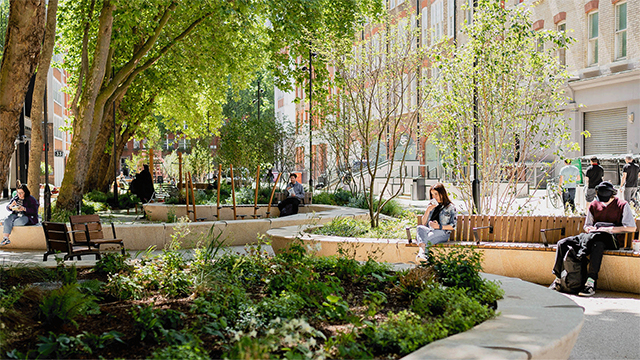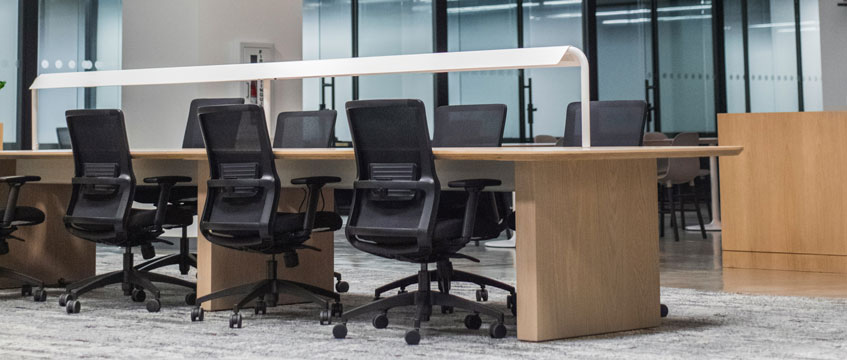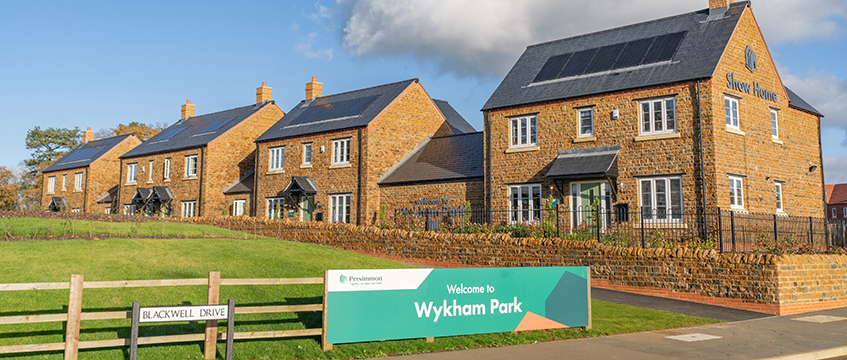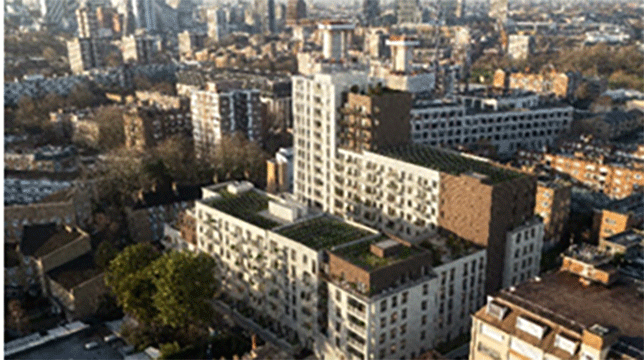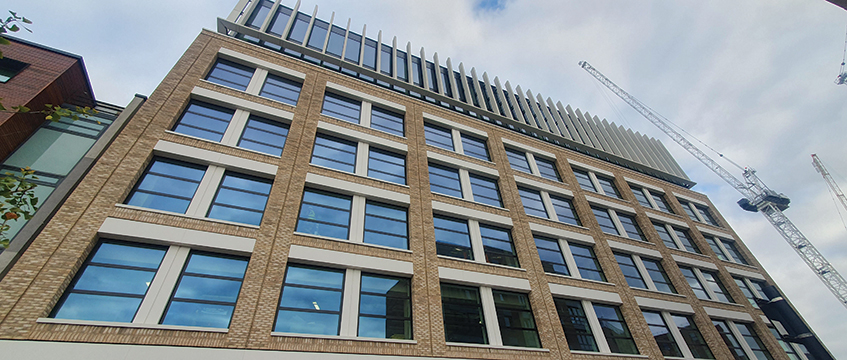Prime office rents in major cities around the world have edged up year-on-year by 1.1% in Q1, according to Savills, on the back of solid demand for premium workplaces.
Tenants’ “all-in” net effective costs, which factor in rent and fit-out costs, have risen by 2.4% globally.
In the EMEA market, annual net effective costs grew on average by 4.8%, and were up by 2% in North America. Savills said this reflected the higher cost of fitting out buildings in those regions. In the Asia Pacific region, they rose marginally by 0.6%.
London’s prime West End submarket tallied the highest costs to occupiers, rising by 4.2% on the previous quarter to $283.6 (£228) per sq ft.
Researchers said some of the increased costs to occupiers have been offset by landlord concessions and incentives, particularly in North America and Europe.
Since the first quarter of 2019, the average landlord contribution to fit-out costs has increased by around 37.5% across the 35 markets analysed by Savills.
However, researchers said the increase does not match the rise in fit-out costs more broadly. Landlord contributions as a percentage of total fit-out costs have shrunk to 23.4% in Q1 2024, compared with 26.8% at the beginning of 2019.
Savills noted that net effective costs have risen the most in regions where office occupancy levels are lowest.
The average office occupancy rate rose slightly to 59% in Europe locations, compared with 55% in Q1 last year. In North America, it increased to 53%, from 49%, while in the Asia Pacific it rose to 88%, from 84%. Savills noted the Asia Pacific markets have maintained a strong in-office culture, while more flexible working practices are prevalent in Europe and North America.
Jeremy Bates, EMEA head of occupational markets at Savills, said: “Landlords are having to work harder to attract and retain tenants, but it’s clear that occupier demand for the best space remains strong even in markets where office utilisation rates may remain below pre-pandemic levels. In some cities, including New York, where supply of prime space remains tight, we’re even seeing landlord concessions beginning to decrease.”
Kelcie Sellers, associate director in Savills’ world research team, said: “The potential to achieve higher rents serves as a strong inducement to office landlords to invest and aligns with the projected upwards trend in prime rental growth, even if they have to initially offer incentives to tenants to help them reduce their fit-out costs. However, not all offices will be able to follow this trajectory.
“While our analysis here concentrates on trends in rents and net effective costs for prime offices, for lower-grade stock, retrofitting to new standards may be prohibitively expensive. Offices in less desirable business locations may never attract the tenants – and therefore the rents — to justify the investment. In these cases, repurposing becomes the obvious or only approach, with the range of alternative uses growing around the world: housing, hotels, life sciences and education all feature highly.”
Image © Jose Losada/Unsplash
Send feedback to Pui-Guan Man
Follow Estates Gazette





